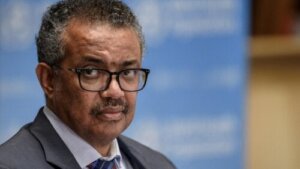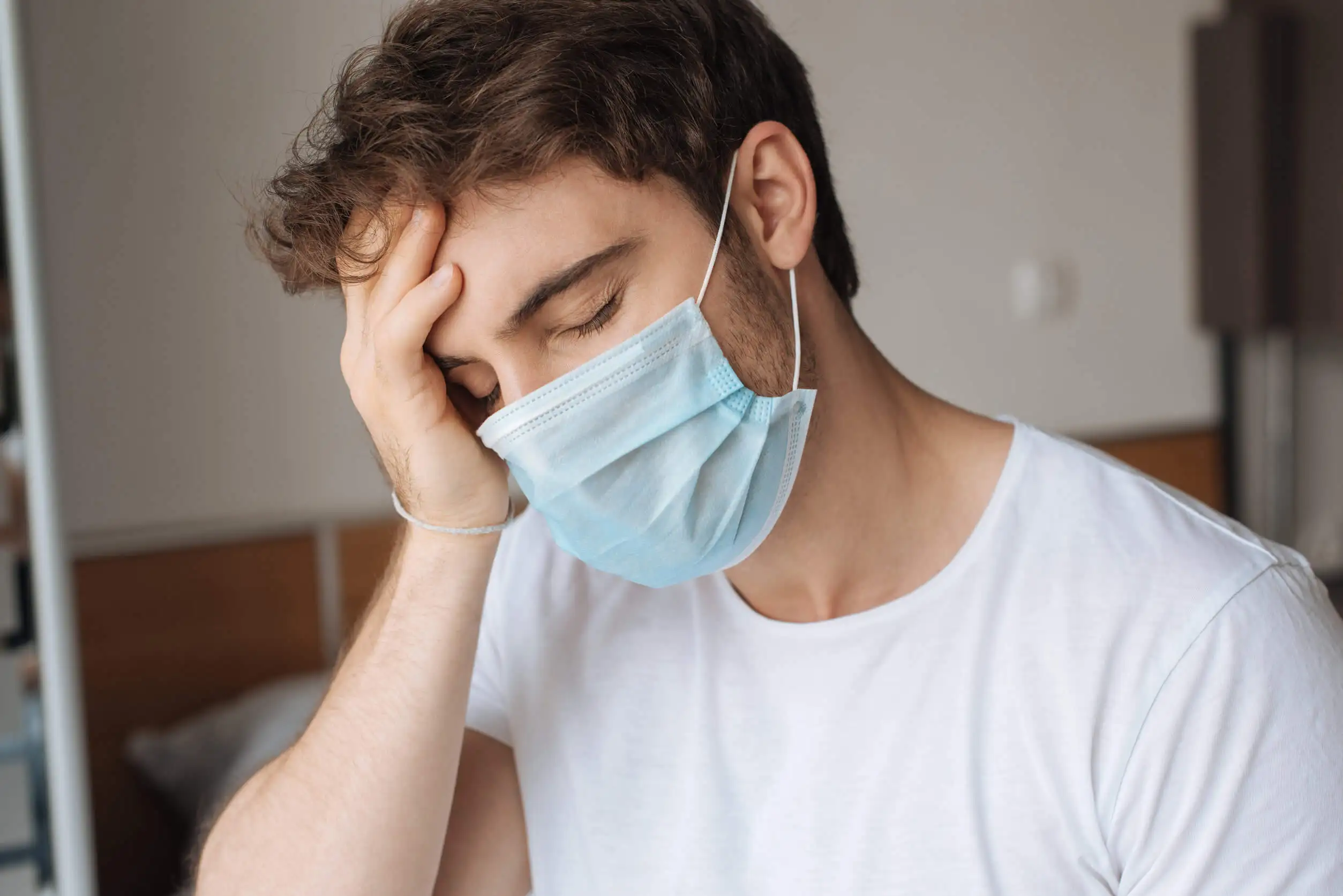The COVID-19 Emergency Is Over, but Remains a Health Risk


Written and verified by the doctor Leonardo Biolatto
On May 5, 2023, the COVID-19 Emergency Committee issued a statement declaring that, according to experts, the disease is no longer a public health emergency. The Director General of the World Health Organization (WHO) took the recommendation and made it public. So, what does the end of the COVID-19 emergency mean?
The “end of the emergency” doesn’t mean the magical disappearance of COVID-19. On the contrary, it’s the confirmation that the virus continues to circulate and that, possibly, it will do so in a cyclical manner among us, as happens with influenza.
It continues to kill, it continues to change, and there’s still a risk that variants will emerge that will lead to new spikes in cases and deaths.
What does the end of the COVID-19 emergency mean?
These statements often seem to be far from reality. There are people who wonder how their lives will change with this new status of the disease.
Most of the borders are open, tourism is recovering economic and travel figures, masks are hardly required anywhere. Wasn’t the COVID-19 emergency already over?
Well, what happens is that the WHO has different categories for pathologies. And these categories are determined to urge countries and ministries of health to take specific actions. It isn’t the same measures that need to be taken for the all-winter cold as those that were necessary to contain the mpox outbreak, for example.
By the end of January 2020, WHO had established COVID-19 as a public health emergency of international concern. At the start of 2023, the institution upheld its decision and continued with this categorization, although there was controversy about it, according to an editorial in the specialized journal British Medical Journal.
The WHO director said, at the time, that the category was correct because the coronavirus met the criteria to be a global emergency, even 3 years later. The infection rates were still high, there was certification of infection among mammals other than humans and the virus had clear possibilities of mutating.

Practical issues at the end of the pandemic
It isn’t the same for the WHO to declare the end of the emergency as it is for each country to do so. This is suggested by an opinion piece in the journal Nature.
When countries determine that there’s no longer an emergency, they stop doing some things:
- They reduce the amount of testing and close some testing centers.
- They reduce the intensity of vaccination campaigns.
- They don’t require the declaration of all suspected cases.
- Withdraw certain preventive measures, such as the use of masks in public places.
It’s very likely that, for most people on the planet, the recent WHO declaration won’t change their lives. However, it’s likely that some geographic regions will notice that there are fewer requirements for some activities.
It’s also possible that in areas with less purchasing power, the acquisition of vaccines or the availability of beds will be complicated. This is one of the negative effects that we can unfortunately expect.
Other diseases that received emergency status
According to a historical overview prepared at the University of Umea (Sweden), other diseases that were declared a global emergency by the WHO are the following:
- H1N1 in 2009. It was decreed as an emergency in August 2010.
- Poliovirus in 2014, with an end not yet declared.
- Ebola in West Africa from 2014 to 2016. Then in Congo from 2019 to 2020.
- Zika between February 1, 2016 and November 18, 2016.
The duration is variable because each disease behaves in a different way. Poliovirus continues as an emergency, although it doesn’t have the spread of COVID-19 worldwide. On the other hand, Zika was limited to a single year.

What do we do if COVID-19 is no longer an emergency?
As of December 2022, the total cumulative reported cases worldwide were 642 million. WHO also reported that, as of that time, deaths attributable to the coronavirus were 6.62 million.
In the Americas region, the Pan American Health Organization (PAHO) has recorded more than 192 million confirmed cases as of April 29, 2023. This includes 2,948,903 deaths by the same date.
Just because COVID-19 is no longer an emergency as it was between 2020 and 2022 doesn’t mean that we should write it off. Older adults should pay special attention, because they’re a vulnerable group and the infection figures among them are still striking.
Should we be alarmed? Of course not. Should we maintain preventive measures? Of course we should.
The WHO has published a report for the long-term management of COVID-19. And while it’s a text for countries to take action in the coming years, it’s also a reminder that we cannot be careless.
Hand washing, isolation when we have respiratory symptoms, the use of the mask in the same circumstance,s and vaccination are tools that we have available. To stop using them, to lose them, or to “relax” is not the solution for the end of the pandemic.
REUTERS main image.
All cited sources were thoroughly reviewed by our team to ensure their quality, reliability, currency, and validity. The bibliography of this article was considered reliable and of academic or scientific accuracy.
- Lenharo, M. (2023). WHO declares end to COVID-19’s emergency phase. Nature. doi: https://doi.org/10.1038/d41586-023-01559-z
- McVernon, J., & Liberman, J. (2023). WHO keeps covid-19 a public health emergency of international concern. BMJ (Clinical research ed.), 380, p504. https://www.bmj.com/content/380/bmj.p504.full
- Wilder-Smith, A., & Osman, S. (2020). Public health emergencies of international concern: a historic overview. Journal of travel medicine, 27(8), taaa227. https://doi.org/10.1093/jtm/taaa227
- World Health Organization. (2023). From emergency response to long-term COVID-19 disease management: sustaining gains made during the COVID-19 pandemic (No. WHO/WHE/SPP/2023.1). World Health Organization. https://apps.who.int/iris/bitstream/handle/10665/367420/WHO-WHE-SPP-2023.1-eng.pdf?sequence=1
- World Health Organization. (2023). Therapeutics and COVID-19: living guideline, 13 January 2023 (No. WHO/2019-nCoV/therapeutics/2023.1). World Health Organization. https://apps.who.int/iris/bitstream/handle/10665/365584/WHO-2019-nCoV-therapeutics-2023.1-eng.pdf?sequence=1
This text is provided for informational purposes only and does not replace consultation with a professional. If in doubt, consult your specialist.








